Strepsirrhini Primates
1/13
Earn XP
Description and Tags
An overview of the suborder Strepsirrhini. Not comprehensive, but just enough.
Name | Mastery | Learn | Test | Matching | Spaced |
|---|
No study sessions yet.
14 Terms
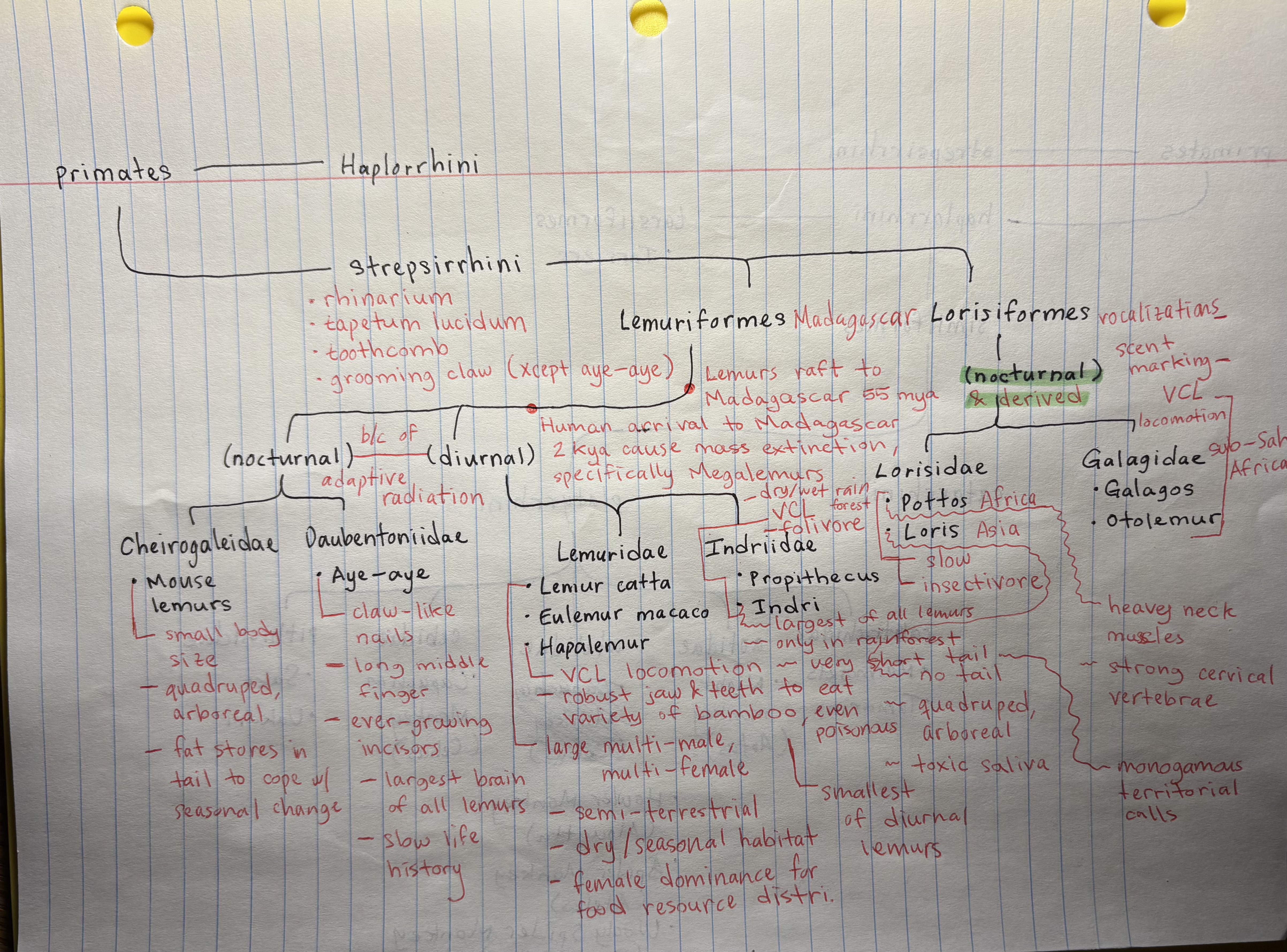
key strepsirrhine traits
rhinarium
tapetum lucidum
toothcomb
grooming claw (except for aye-ayes)
postorbital bar
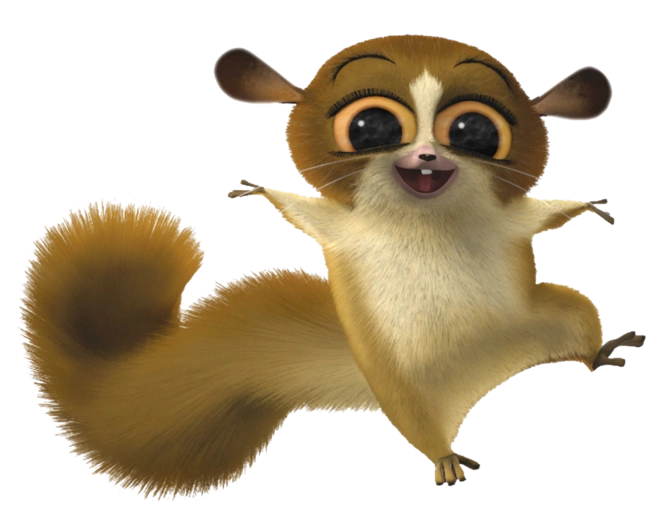
mouse lemurs
Family: Cheirogaleidae
nocturnal
small body size
arboreal quadruped
fat stores in the tail to cope with seasonal change
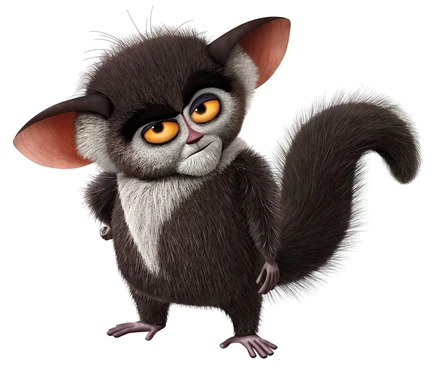
aye-aye
Family: Daubentoniidae
nocturnal
claw-like nails
long middle finger
ever-growing incisors
largest brain of all the lemurs
slow life history

ring-tailed lemur (Lemur catta)
Family: Lemuridae
diurnal
large multi-male, multi-female groups
semi-terrestrial
dry seasonal environment
female dominance for food resource distribution
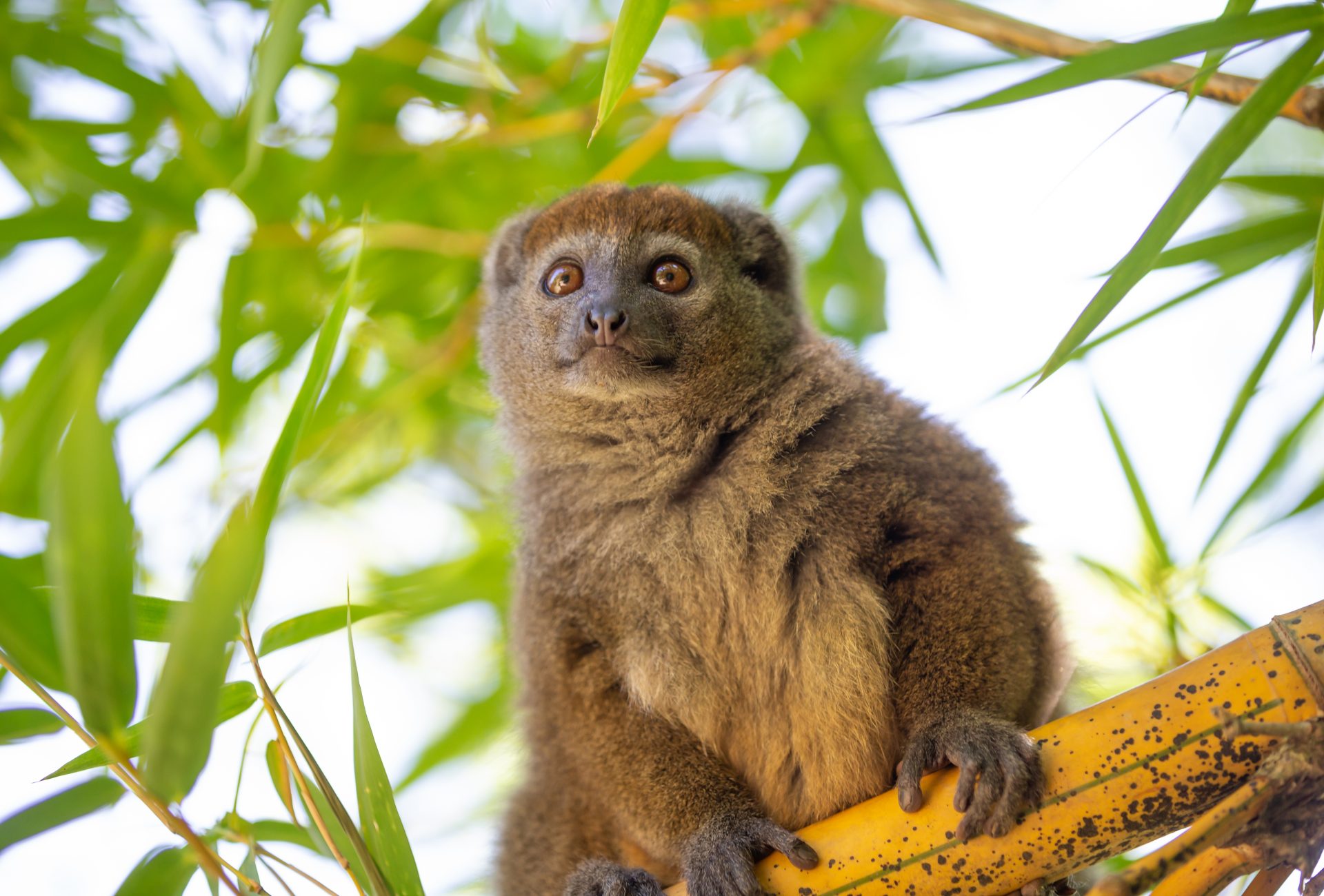
Hapalemur (“bamboo lemurs”)
Family: Lemuridae
diurnal
VCL locomotion
robust jaw & teeth to eat a variety of bamboo, including poisonous bamboo
smallest of the diurnal lemurs
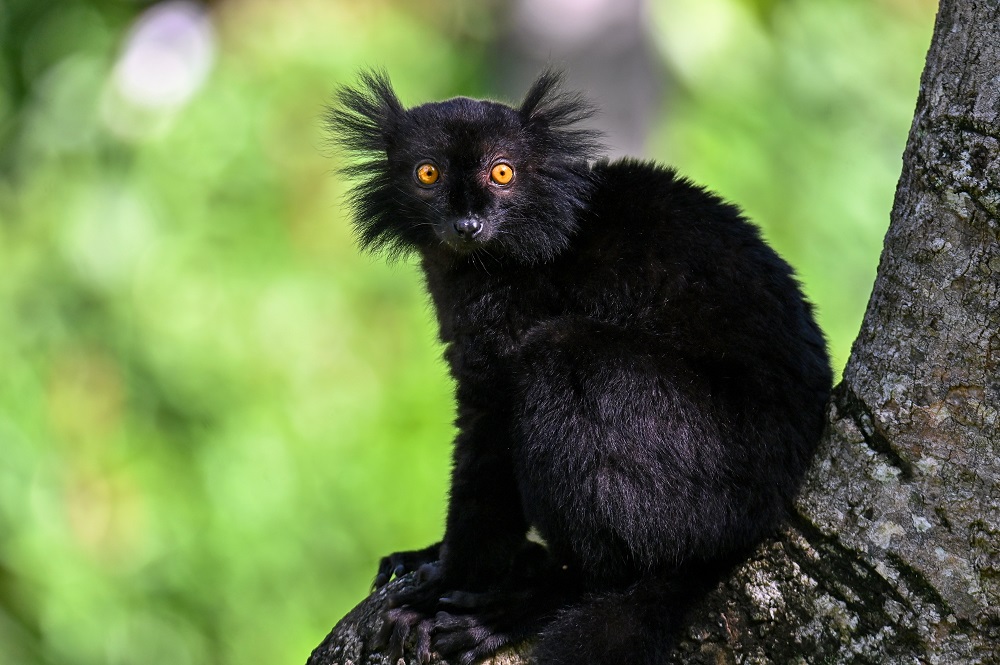
Eulemur macaco (“black lemur”)
Family: Lemuridae
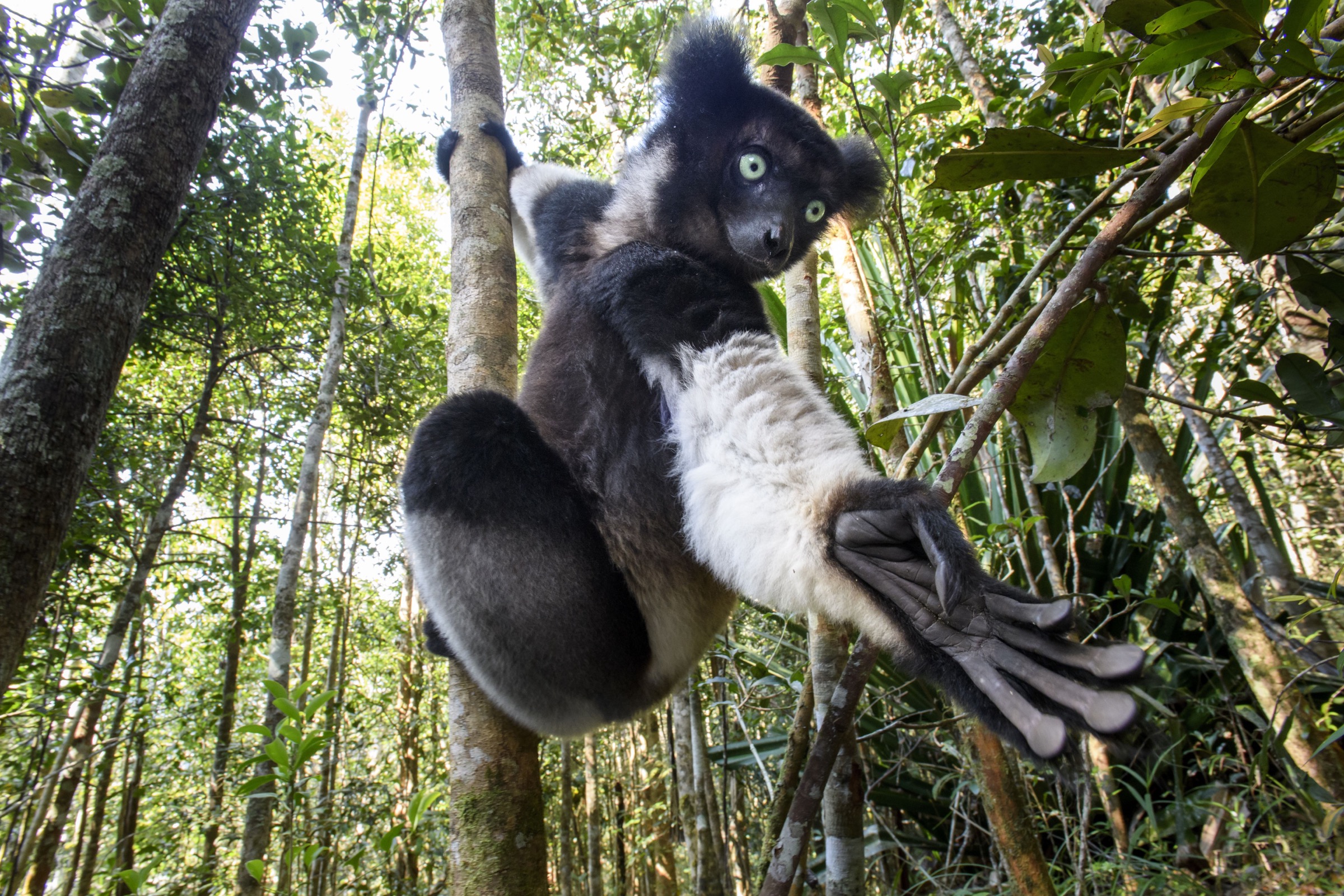
Indri
Family: Indriidae
diurnal
largest of all the lemurs in Lemuriformes
found only in rainforests
VCL locomotion
very short tails
monogamous territorial calls
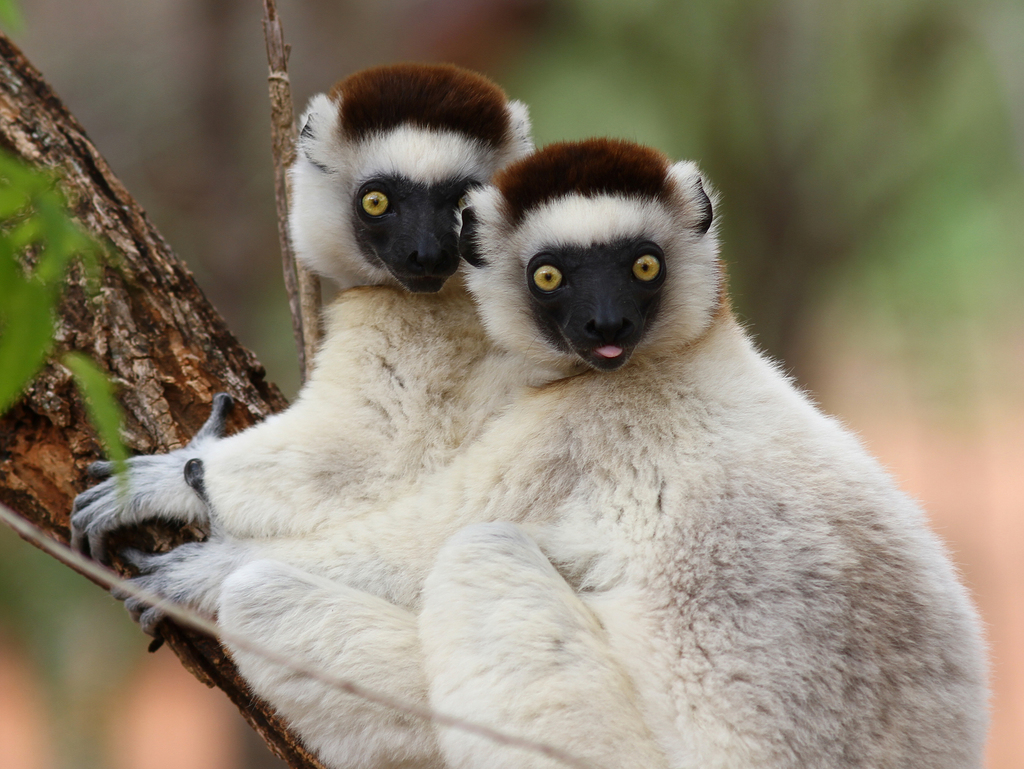
Propithecus (“sifaka”)
Family: Indriidae
diurnal
VCL locomotion
folivore
found in dry forests or rainforests
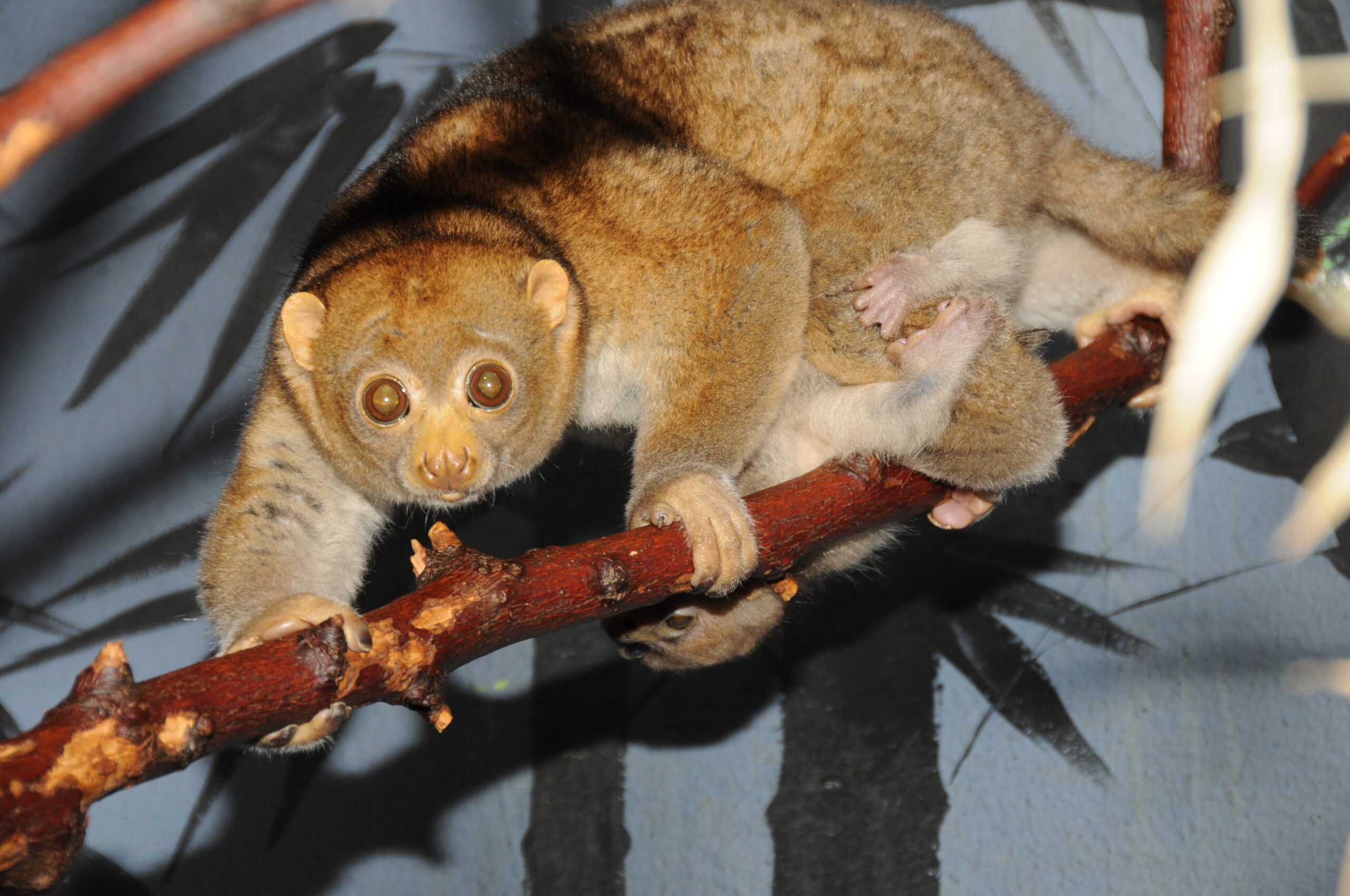
pottos
Family: Lorisidae
nocturnal
found in Africa
heavy neck muscles, strong cervical vertebrae
insectivore
slow arboreal
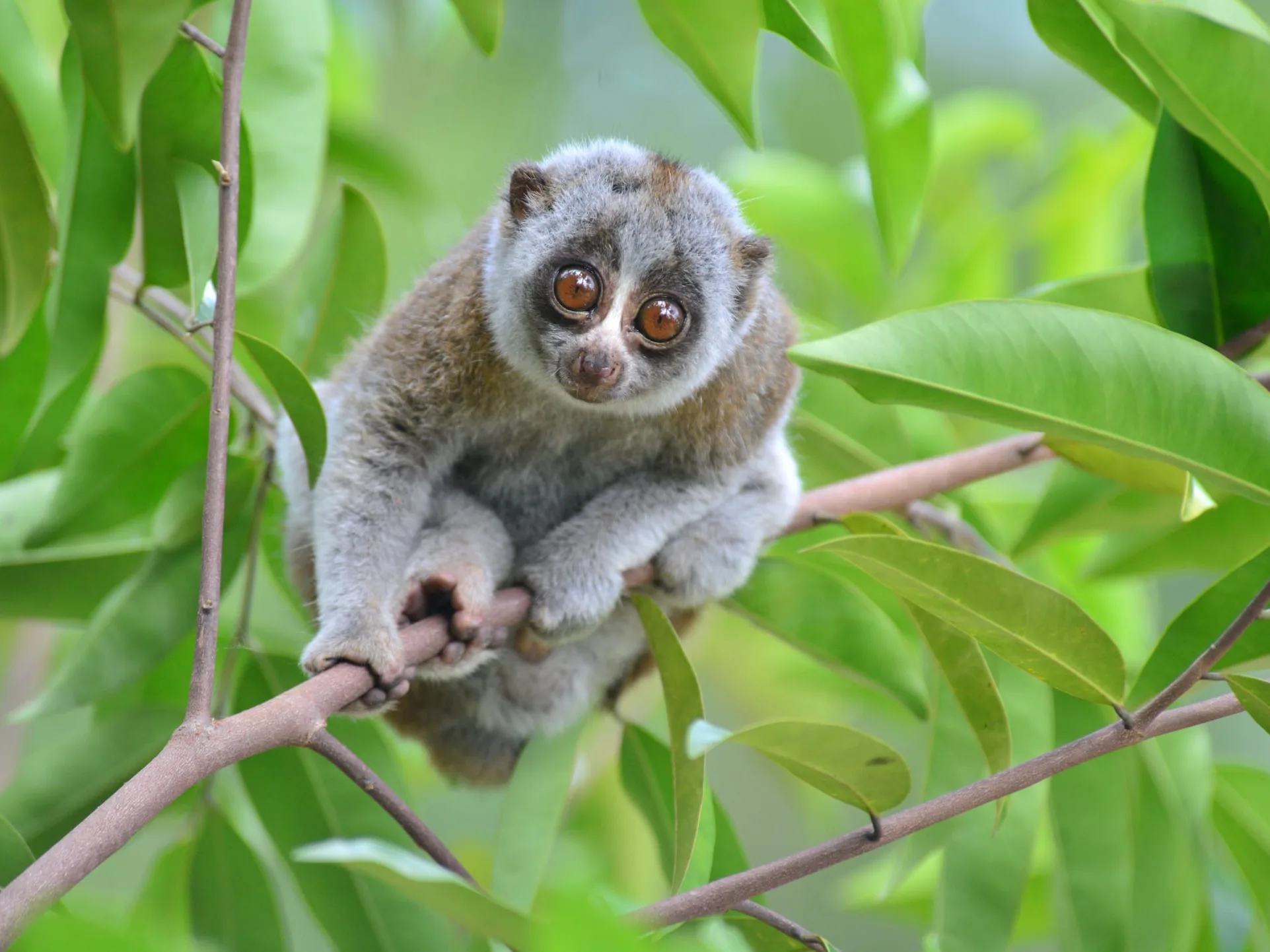
loris
Family: Lorisidae
nocturnal
found in Asia
no tail
slow arboreal quadruped
toxic saliva as anti-predation adaptation
insectivore
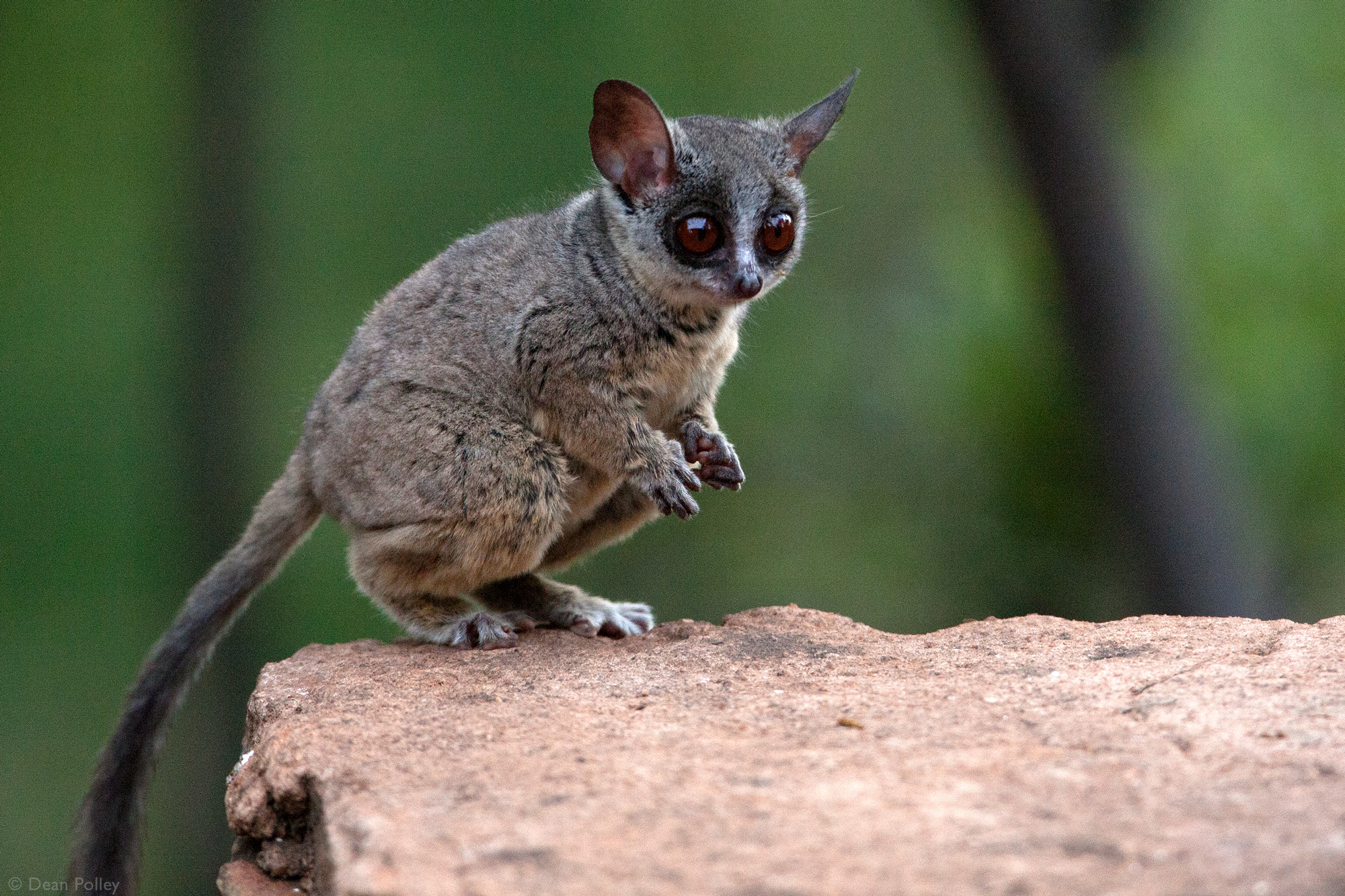
galago (“lesser bushbaby”)
Family: Galagidae
nocturnal with focus on derived traits
found only in sub-Saharan Africa
VCL locomotion
scent marking
variety of vocalizations
small body size due to phyletic dwarfism
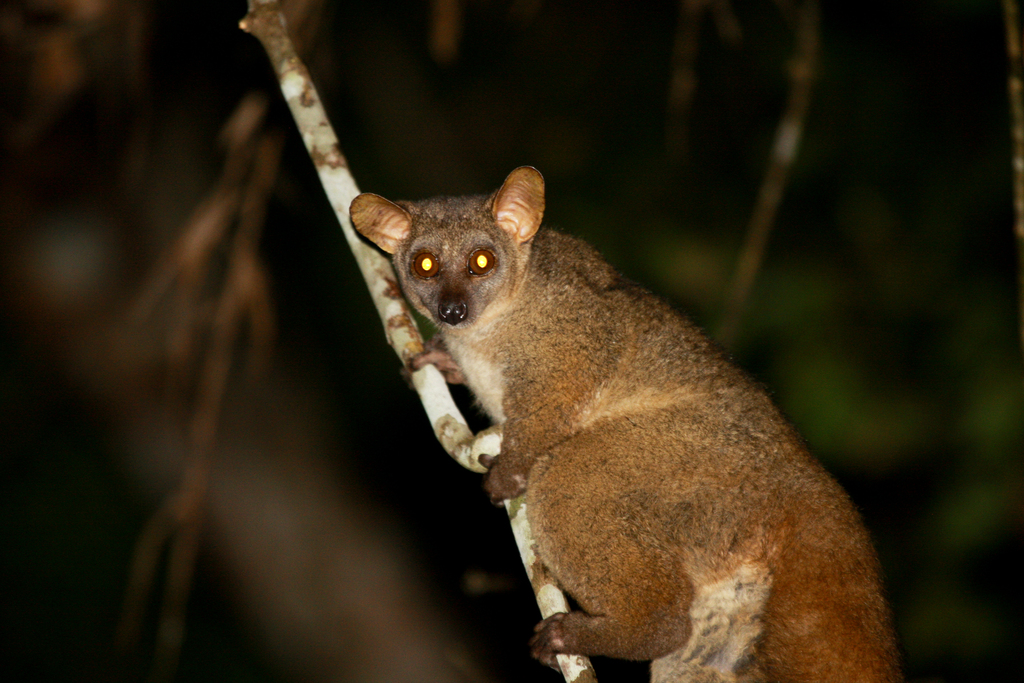
otolemur (“greater bushbaby”)
Family: Galagidae
nocturnal with focus on derived traits
found only in sub-Saharan Africa
VCL locomotion
scent marking
variety of vocalizations
large body size
Rafting Hypothesis
Lemurs traveled from mainland Africa to Madagascar 55 Ma by using boats made from vegetation. Upon arrival, lemurs explored wide range of niches through adaptive radiation, splitting into nocturnal and diurnal factions.
Humans and Lemurs on Madagascar
Human arrival to Madagascar paired with drastic change in climate over time caused the extinction of Megalemurs. Today, humans unintentionally transmit diseases to ring-tailed lemurs and sifakas because of intense sympatry.